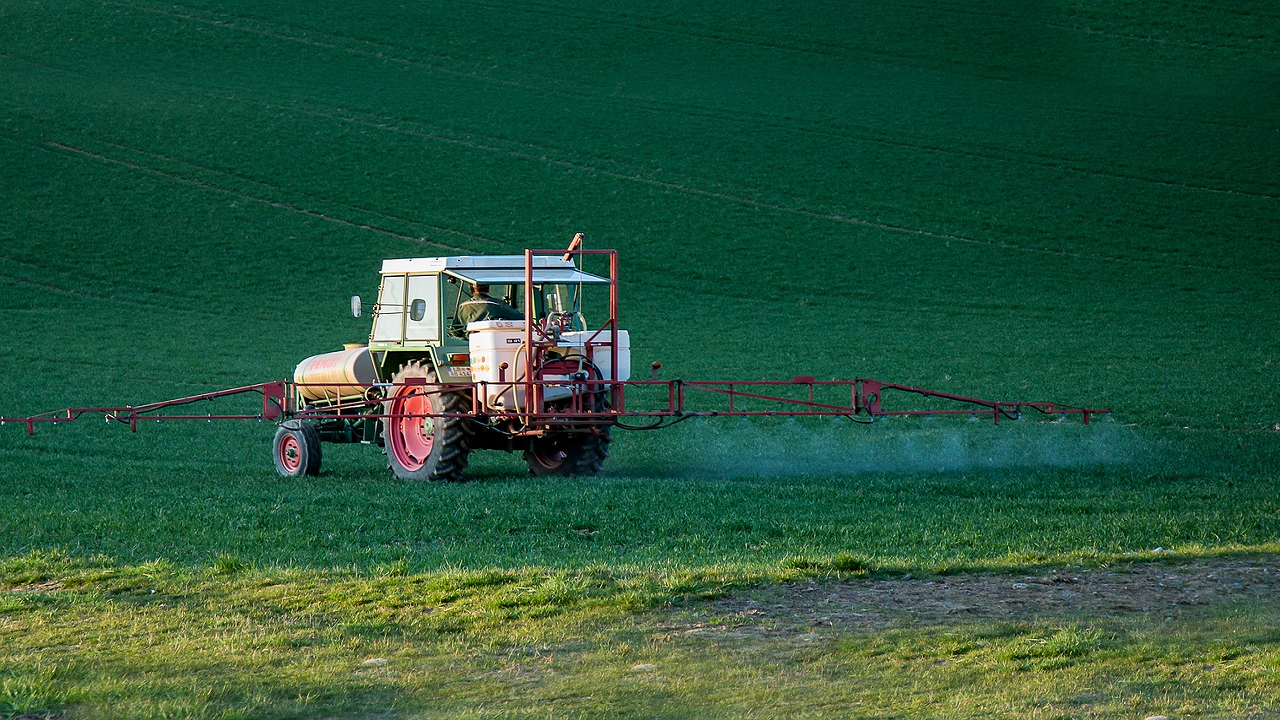
India is a significant player in the global agriculture sector, with approximately 55% of its population relying on it for their livelihoods. The country boasts several impressive agricultural achievements, including having the world's largest cattle herd (buffaloes), the largest cultivated area for crops like wheat, rice, and cotton, and being the top producer of milk, pulses, and spices. Hence, crop care becomes important for rich and high yield.
Crop Care Tips To Help You Get Started:
-
Soil Preparation: Ensure proper soil preparation before planting your crops. Test the soil to determine its pH level and nutrient content. Make necessary amendments, such as adding organic matter or fertilizers, to create a fertile and balanced growing environment.
-
Crop Selection: Choose crops that are suitable for your climate, soil type, and available resources. Consider factors such as water requirements, disease resistance, and market demand. Start with a few crops initially to gain experience and gradually expand your variety.
-
Planting: Follow recommended planting techniques for each crop. Pay attention to spacing and planting depth to ensure optimal growth and avoid overcrowding. Properly sow seeds or transplant seedlings at the right time for your region.
-
Irrigation: Provide adequate water for your crops based on their specific needs. Monitor soil moisture regularly and water accordingly. Avoid overwatering or underwatering, as both can be detrimental to plant health.
-
Weed Control: Implement effective weed control strategies to prevent weed competition with your crops. Regularly remove weeds manually or use mulch to suppress weed growth. Consider using organic herbicides or mechanical weed control methods if necessary.
-
Fertilization: Apply fertilizers or organic amendments to replenish nutrients in the soil. Understand the nutrient requirements of each crop and follow recommended fertilization schedules. Over-fertilization can lead to nutrient imbalances and environmental pollution, so use fertilizers judiciously.
-
Pest and Disease Management: Stay vigilant and monitor your crops for pests and diseases. Identify common pests and diseases that affect your crops and take appropriate preventive measures. Integrate pest management techniques such as crop rotation, companion planting, and the use of organic pesticides if needed.
-
Pruning and Training: Learn proper pruning and training techniques for your specific crops. Pruning helps maintain plant health, improve air circulation, and control growth. It also encourages fruiting and enhances overall crop quality.
-
Harvesting: Harvest crops at the appropriate stage of maturity. Different crops have different harvesting requirements, so learn the signs of readiness for each crop. Use proper harvesting tools and handle the harvested produce with care to minimize damage.
-
Record-Keeping: Maintain detailed records of your farming activities. Keep track of planting dates, fertilization schedules, pest and disease incidents, and yields. This information will help you assess your progress, identify areas for improvement, and plan for future seasons.
Remember, farming is a continuous learning process, and experience is key. Seek guidance from local agricultural extension services, experienced farmers, and relevant resources to gain valuable knowledge and refine your crop care practices. Embrace the challenges and joys of farming, and be open to adapting your methods as you gain more experience. Good luck on your farming journey!
















